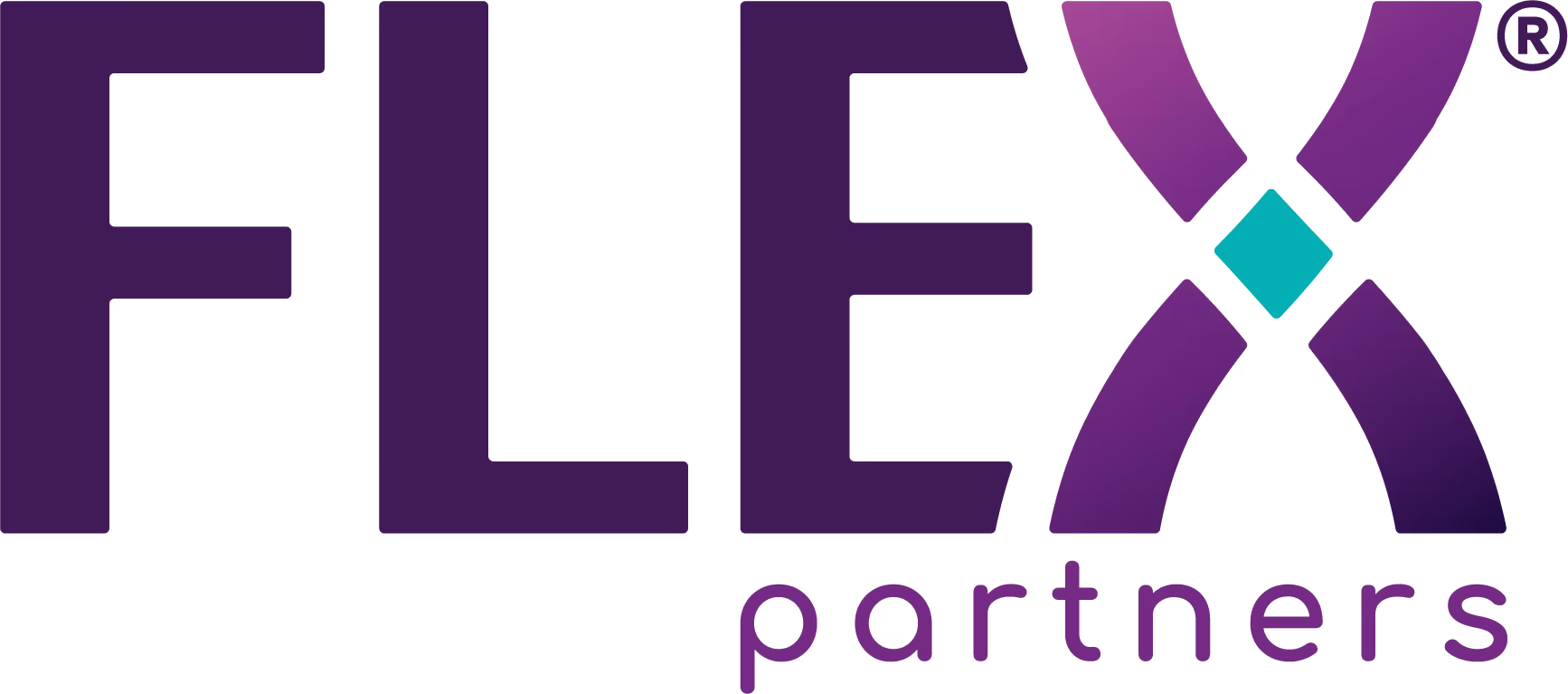
How Remote Flexibility Attracts Senior Talent
Author: Whitney Munro
LinkedIn recently shared the 25 fastest-growing jobs in the United States. Below is the first of a three-part series on what the report tells us, and why employers can’t afford to ignore it.
When LinkedIn recently shared its list of the 25 fastest-growing jobs in the United States, I wasn’t surprised to see a few roles tied to artificial intelligence. After all, we’re undeniably in the midst of an automation boom. What caught attention was the fine print.
Two of the most senior roles on the list, Chief Growth Officer (CGO) and Chief Revenue Officer (CRO), offered remote work at significantly higher rates than the other positions – at 39% and 49.6%, respectively. These percentages aren't just numbers on a list. They represent a seismic shift in how companies are adapting to the changing expectations of today’s top-tier talent.
After years of advising national companies and non-profits across various industries, I can tell you why employers are offering remote work options to C-suite executives at a higher-than-average rate: They don't have a choice. High-level candidates, particularly in roles that directly impact a company's growth and revenue, are increasingly leveraging their skills, experience, and their market value to demand flexibility in where and how they work.
Let’s state the obvious: Top talent is scarce. In today’s fiercely competitive labor market, highly skilled professionals – particularly those in senior roles – understand their worth. They know they can bring exceptional levels of productivity from virtually anywhere. As a result, they will not settle for less. The days when employers could dictate where their senior leaders worked, and expect talent to fall in line, are over.
I’ve witnessed firsthand the impact this shift can have on an organization’s ability to recruit and retain talent. Take, for example, a non-profit organization I worked with during the COVID pandemic, which had launched fully remotely due to restrictions. As the world began reopening, the leadership team pushed to bring everyone into a single physical office location, including senior advisors, chief counsels, and other mission-critical talent.
Unsurprisingly, senior professionals – whose expertise had helped build the organization – said no. When told to relocate to an office location, they threatened to walk. And when the organization tried recruiting for these senior roles in-office, top talent didn’t apply. The market was simply too competitive.
It wasn’t until the organization reconsidered their stance and allowed high-level roles to remain remote that the talent floodgates opened. Suddenly, former agency professionals, policy experts, and senior advisors were eager to join the team. After seeing such success, they went a step further and created a graduate fellow program of virtual fellowships to attract the brightest emerging talent as well.
The message is clear: If you are serious about recruiting top talent, you must be flexible. And if you remain adamant about maintaining a fully in-office workforce, understand that you will need to invest heavily in training and upskilling your staff. You must be prepared for the reality that you will miss out on some of the best talent the market has to offer. Be ready to grow the talent yourself.
The data is telling us where the workforce is heading. The question is, are you going to dig in your heels, or are you willing to evolve with it? One thing is certain: Flexibility isn’t just a perk anymore. It’s a significant competitive advantage.

Ready to FLEX?
When you're ready for strategic support that adapts to your unique needs, FLEX Partners is here to help. Connect with us to explore how we can empower your success.
